The Art of the Presidential Announcement, From Lincoln to Obama
How do candidates announce their run for the country's most powerful office?
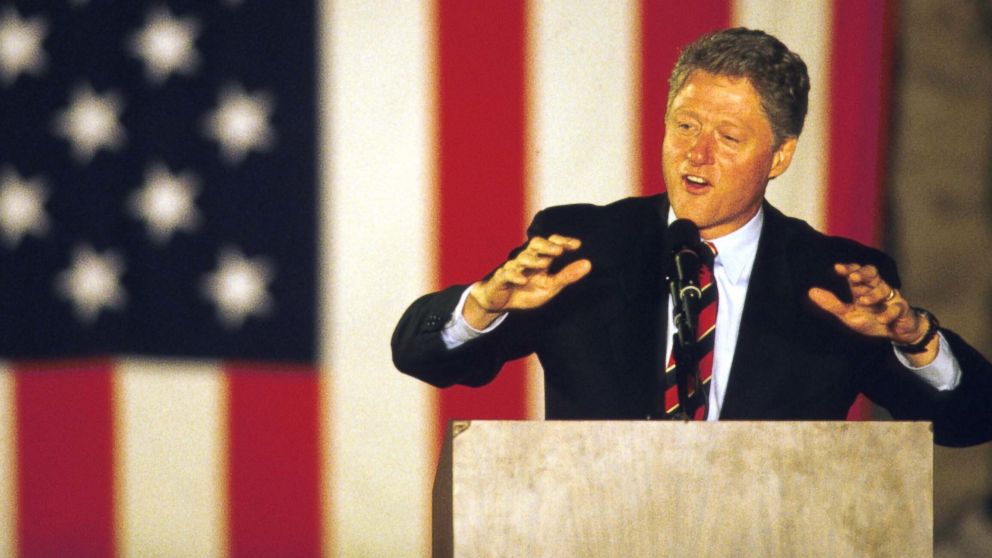
— -- Presidential candidates have chosen a variety of different locations and forums throughout history to announce their intentions to run for the White House.
The kickoff to a presidential race traditionally consisted of an official public event filled with supporters. Most of them choose their hometowns, symbolic settings or government office to give their formal declaration for their candidacies.
Nowadays, candidates are more subtle. In a modern, media-frenzy society, potential candidates will be under intense scrutiny and faced with legal limitations on campaign funding. Therefore, one can’t be expected to make such an important decision until you “dip your toe in the water.”
This exact analogy is used in a Federal Election Commission document, referring to the breathing time prior to an official announcement for the candidates to gather information and “explore the feasibility of becoming a candidate,” while being out of the spotlight.
“From a very pragmatic standpoint, candidates would be viewed as foolish if they don’t take advantage of the opportunity to set up a super PAC to be able to coordinate during this period,” Sheila Krumholz, director of the Center for Responsive Politics, said in an interview with the Washington Post.
Declaring a run for the presidency is tricky business, an art form really, to strategically time the announcement that will maximize a candidate's preparation time without overwhelming public scrutiny and the constraints of campaign laws.
As the presidential announcement season for 2016 is fast approaching, here’s a look back through some of the more memorable ones in history:
ABRAHAM LINCOLN
Election Year: 1860
Abraham Lincoln is widely regarded as one of the greatest American presidents. He started campaigning in 1860 but did not officially announced his candidacy until May 9 at the Illinois Republican State Convention at Decatur. As a self-taught lawyer and an anti-slavery supporter from Illinois, Lincoln would then go on to be a beloved, savvy leader during perhaps the darkest chapter of our country’s history.
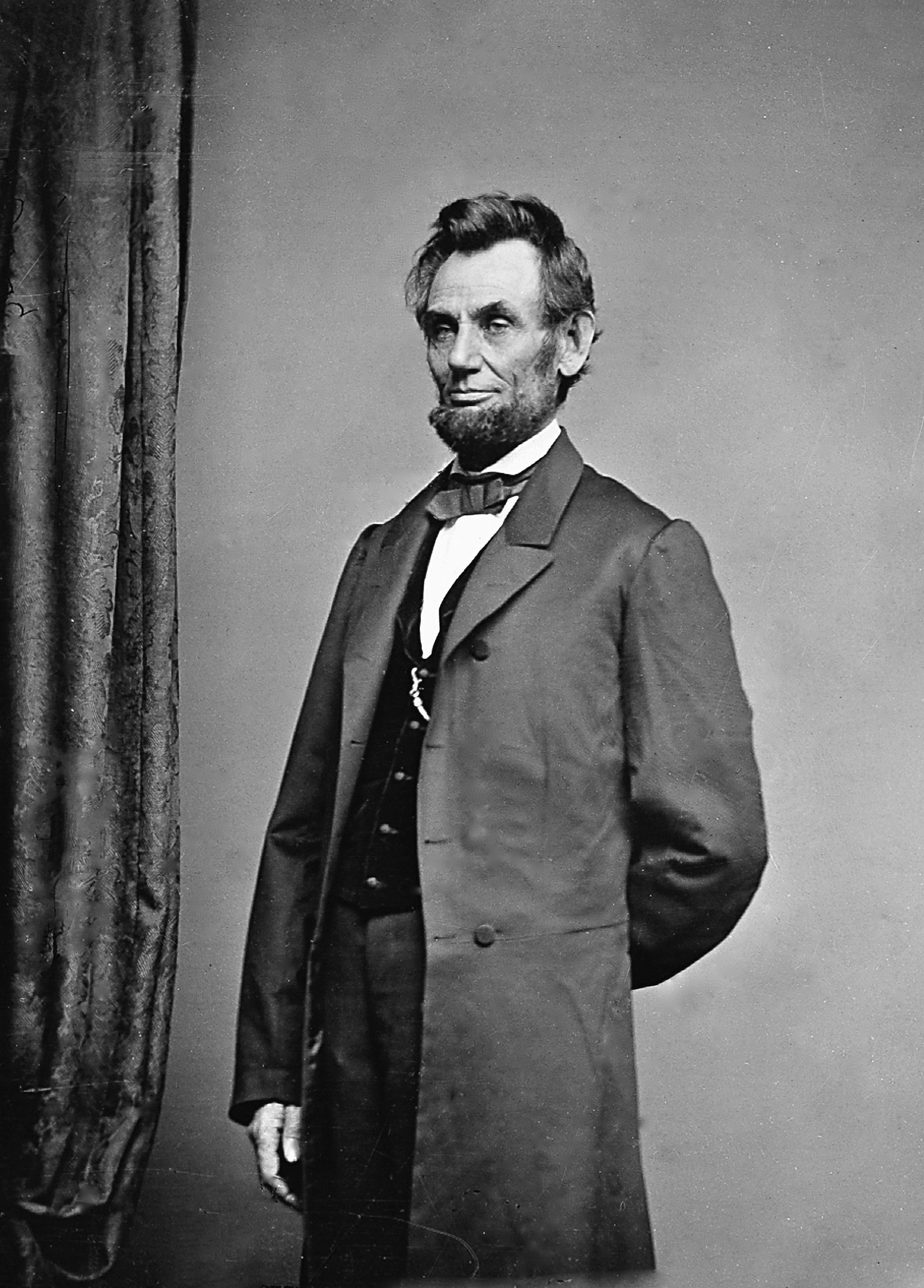
THEODORE ROOSEVELT
Election Year: 1912
Vice President Teddy Roosevelt became president in 1901 after William McKinley was assassinated, and served two terms. “My hat is in the ring,” Roosevelt said, announcing his third run in February 1912. Abandoning the Republican party after William Taft won the nomination, Roosevelt joined the newly formed Progressive party, known as the “Bull Moose” party.
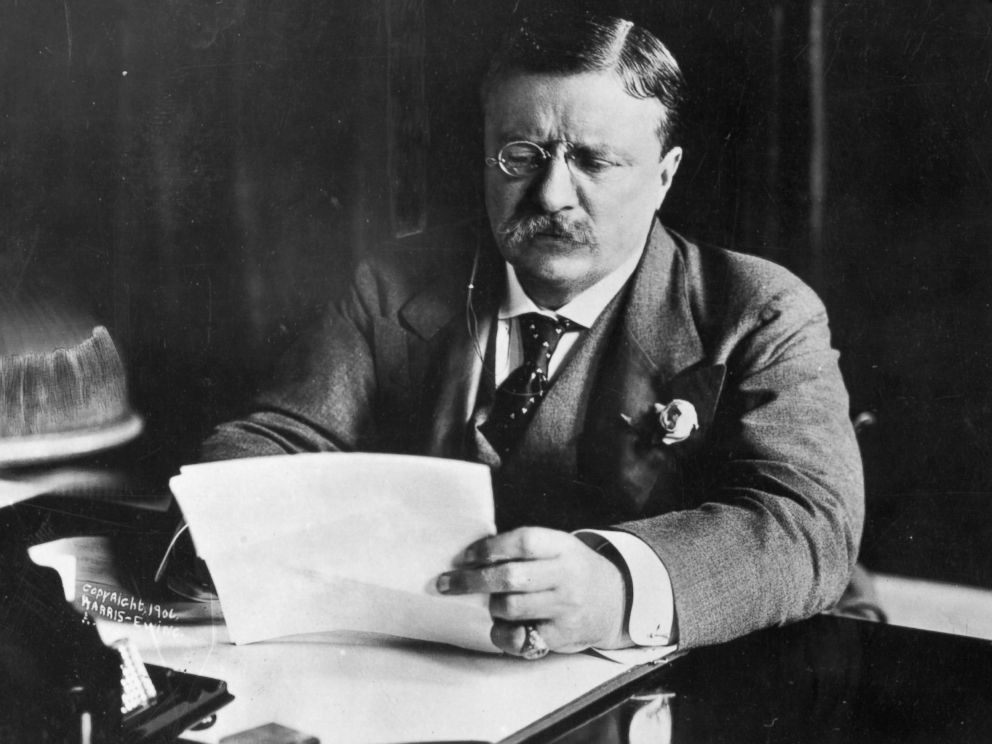
FRANKLIN D. ROOSEVELT
Election Year: 1932
A rising star in the Democratic party and New York governor, FDR wrote to the secretary of the State Central Democratic Committee in January, asking that his name be presented at the coming “primaries as a candidate for the Democratic nomination for the Presidency.”
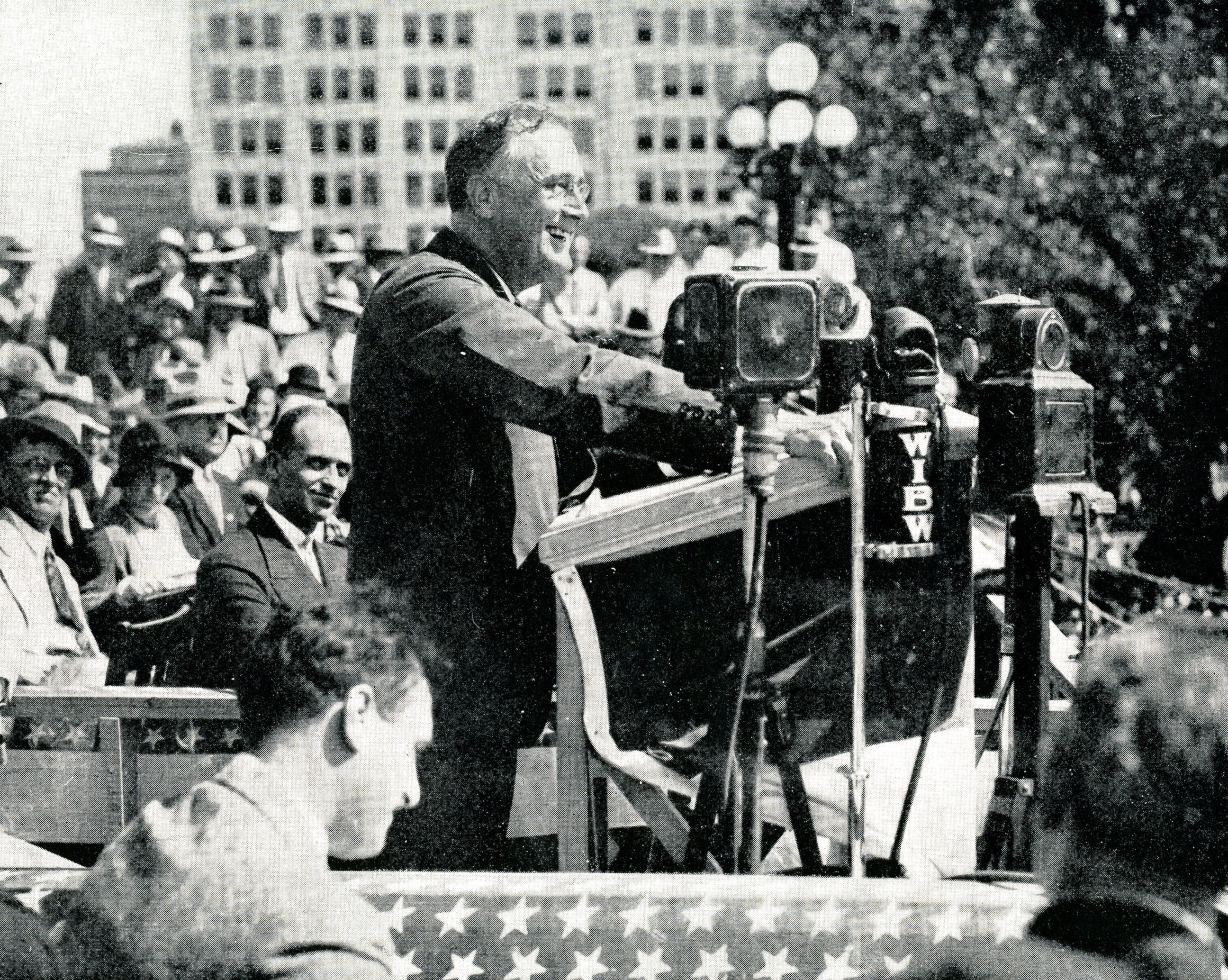
DWIGHT EISENHOWER
Election Year: 1952
According to the book "Harry and Ike," Eisenhower announced his candidacy June of 1952 in his hometown of Abilene, Kansas, after Americans pushed the five-star general to get into politics for years. “I believe we can have peace with honor, reasonable security with national solvency,” Eisenhower said to a crowd of 50,000. “I believe in the future of the United States of America.”
JOHN F. KENNEDY
Election Year: 1960
Then a senator, JFK announced his candidacy in January for the most powerful office from the U.S. Senate Caucus Room saying, “In the past 40 months, I have toured every state in the Union and I have talked to Democrats in all walks of life. My candidacy is therefore based on the conviction that I can win both the nomination and the election.”
JIMMY CARTER
Election Year: 1976
Georgia Gov. Carter declared that he wanted to be the next president and he wanted to win the Democratic Party’s nomination at the Atlanta Civic Center in 1974, nearly two years before the general election. “I intend to win; I intend to be your next President,” Carter said.
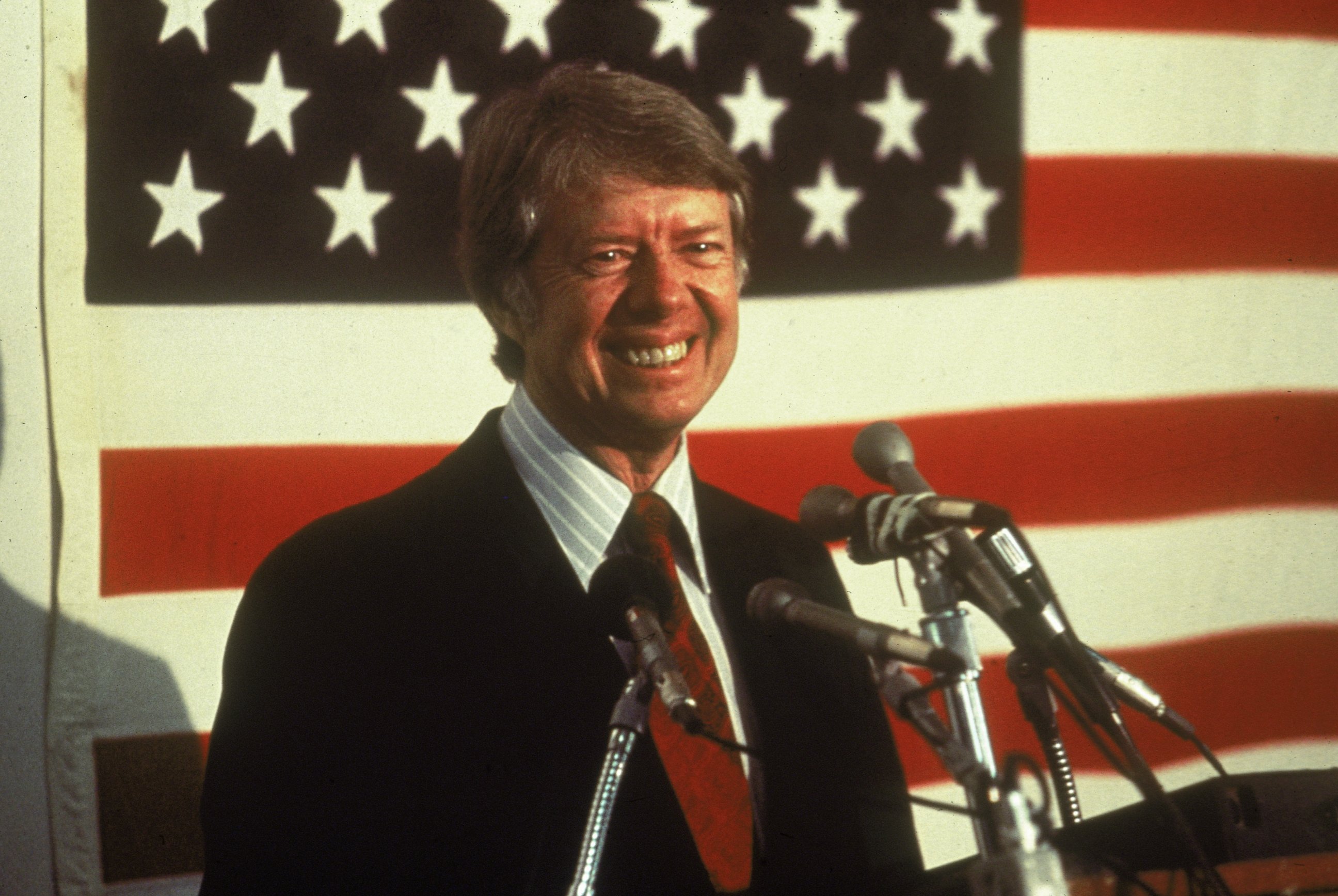
ROBERT F. KENNEDY
Election Year: 1968
Robert Kennedy, the brother of former President John F. Kennedy was appointed attorney general in 1960. Years after the assassination of JFK, he declared in March of 1968 his intention to run for president. Kennedy made his announcement in the Senate Caucus Room, where JFK had made his announcement 8 years earlier.
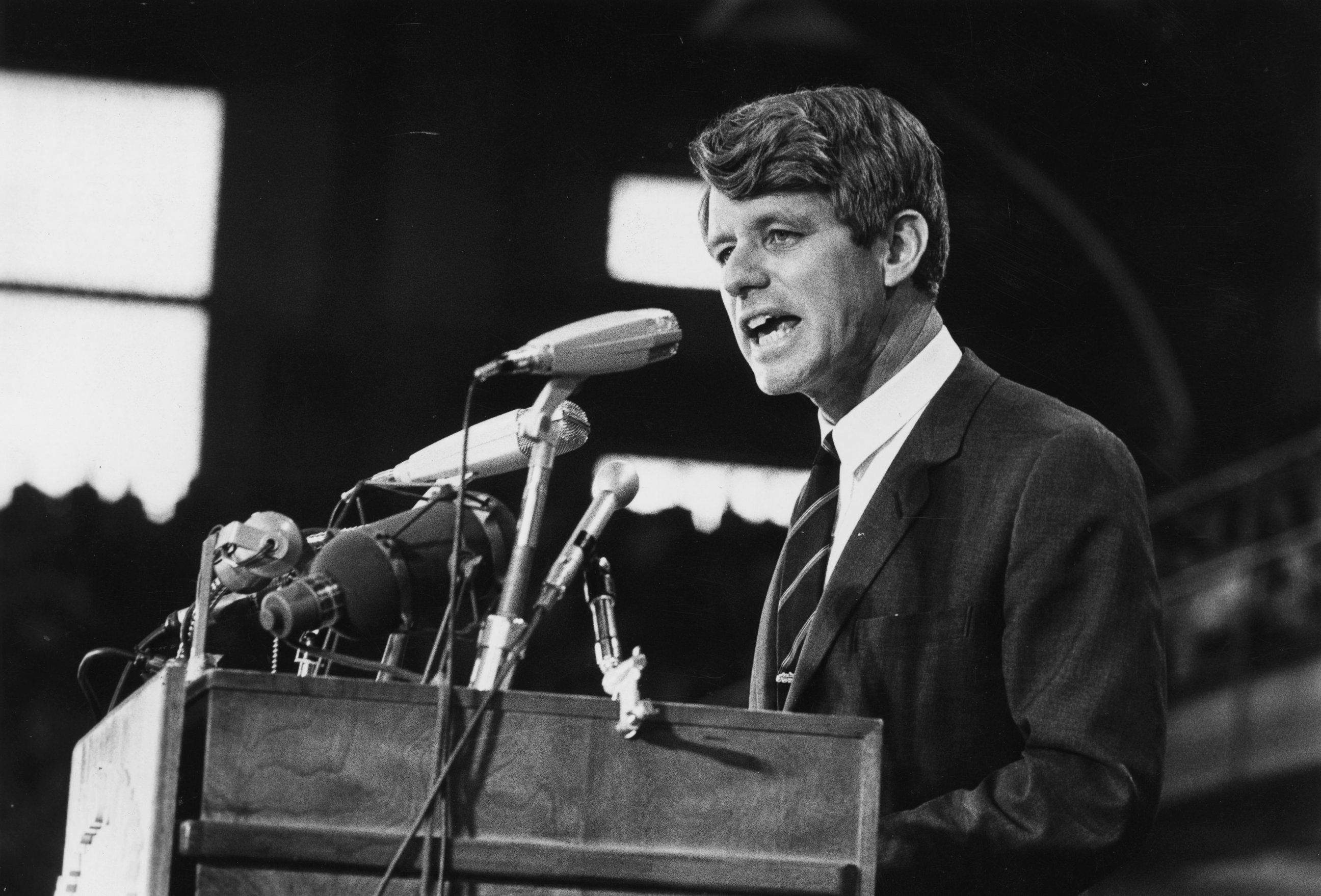
GERALD FORD
Election Year: 1976
Richard Nixon resigned, leaving Vice President Ford with the most powerful elected office in the land. Ford announced his candidacy for his next term in June 1975 to reporters in the Oval Office at the White House.
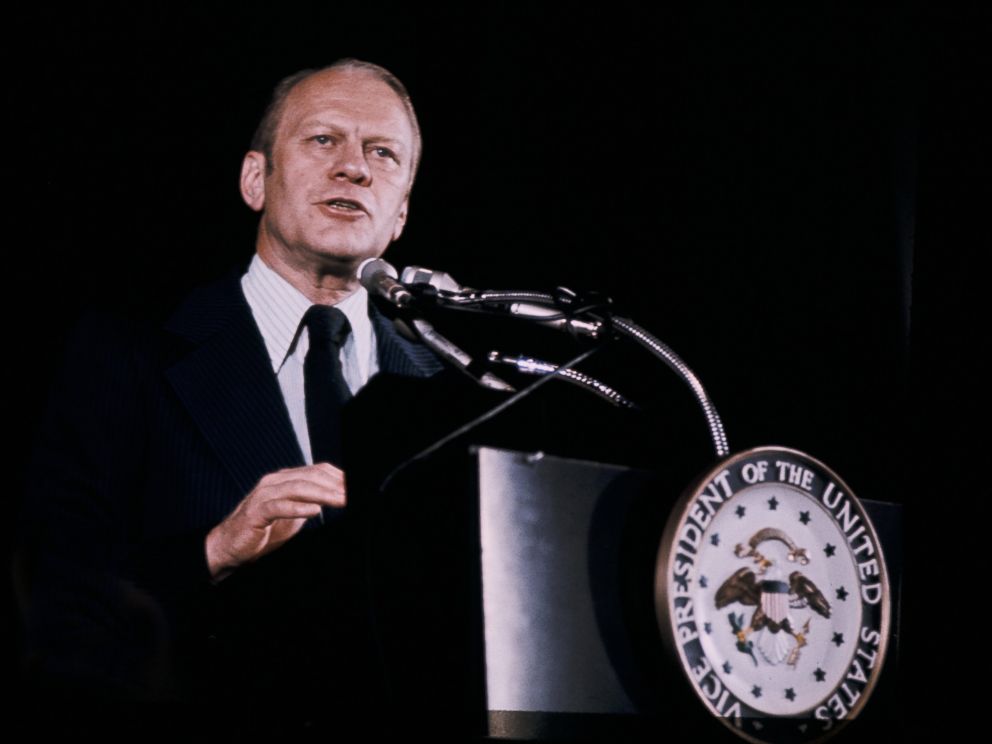
RONALD REAGAN
Election Year: 1980
A former actor, Reagan stepped in front of the screen again in 1979 to announce his bid for the White House. His announcement was televised in New York City, a notably private setting compared to that of other candidates.
GEORGE H.W. BUSH
Election Year: 1988
As vice president in the Reagan administration, George H.W. Bush announced his second presidential candidacy and continued to campaign throughout his vice presidency. During the week of his announcement in October of 1987, a Newsweek magazine issue came out with a cover photo with a headline that read “Fighting the Wimp Factor.”
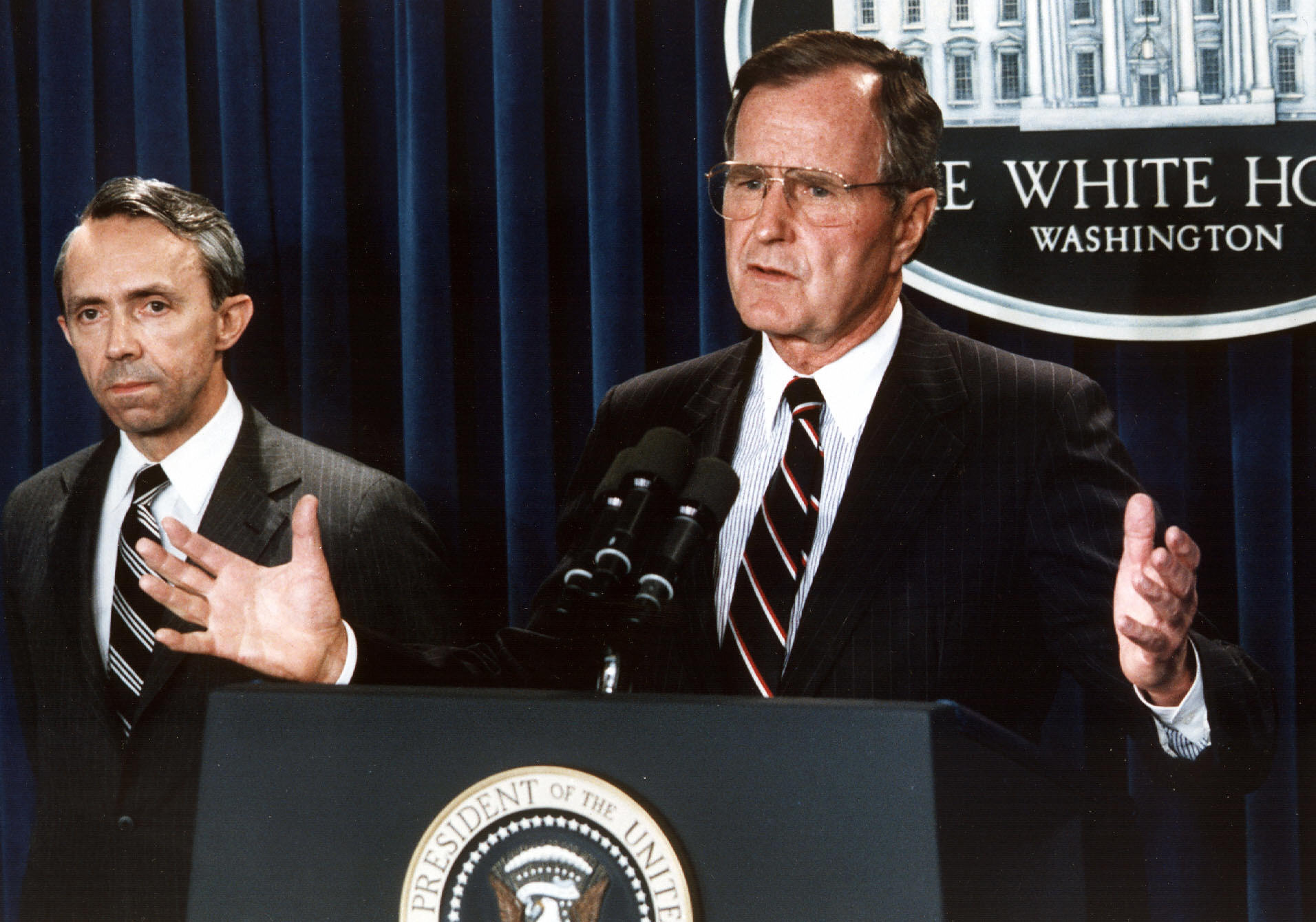
BILL CLINTON
Election Year: 1992
In a more unique setting, Bill Clinton announced his candidacy on the steps of the historic Old State House Museum in Little Rock, Arkansas, in 1991. Clinton would go on to win a second term in 1996, allowing him to preside over the longest peacetime economic expansion in our nation’s history.
AL GORE
Election Year: 2000
Then-Vice President Al Gore officially launched his presidential campaign in his hometown of Carthage, Tennessee, in front of a crowd of 8,000. In light of the nation’s robust economy, his speech shifted the focus on strengthening the American family, “We must make family life work in America,” he said on June 16, 1999.
JOHN EDWARDS
Election Year: 2008
In 2006, in his second try for the White House, Edwards took a different approach -- announcing his candidacy from the yard of a home in New Orleans that was being rebuilt after Hurricane Katrina. His unusual choice of location highlighted his concerns for this country’s growing economic disparity.
HILLARY CLINTON
Election Year: 2008
Clinton announced her candidacy on her official website in January of 2007 -- posting a web message -- or as she put it, “in to win.” Seated in a comfy, cozy living room setting, the former first lady declared she was “not just starting a campaign though, I’m beginning a conversation with you, with America.”
BARACK OBAMA
Election Year: 2008
Choosing to make his announcement in February 2007 in his home state of Illinois, then-Sen. Obama addressed a giant crowd, “And that is why, in the shadow of the Old State Capitol, where Lincoln once called on a divided house to stand together, where common hopes and common dreams still, I stand before you today to announce my candidacy for President of the United States.”
JOHN MCCAIN
Election Year: 2008
President Obama’s 2008 GOP opponent informally announced his candidacy in February 2007 during a live taping of the Late Show with David Letterman. Then two months later, the Arizona senator formally announced in Portsmouth, New Hampshire.
MITT ROMNEY
Election Year: 2012
On a rather windy day on June 2011, surrounded by supporters and hay bales, Romney announced his second try for the presidency at Bittersweet Farm in Stratham, New Hampshire, to a crowd of supporters. According to a local paper, the farm has hosted many Republican rallies and events.
NEWT GINGRICH
Election Year: 2012
The former House Speaker made history by being the first major candidate during that election cycle to announce a run for the White House with a tweet May 2011. “I'm announcing my candidacy for President of the United States because I believe we can return America to hope and opportunity,” Gingrich said in a Web video linked to the tweet.




